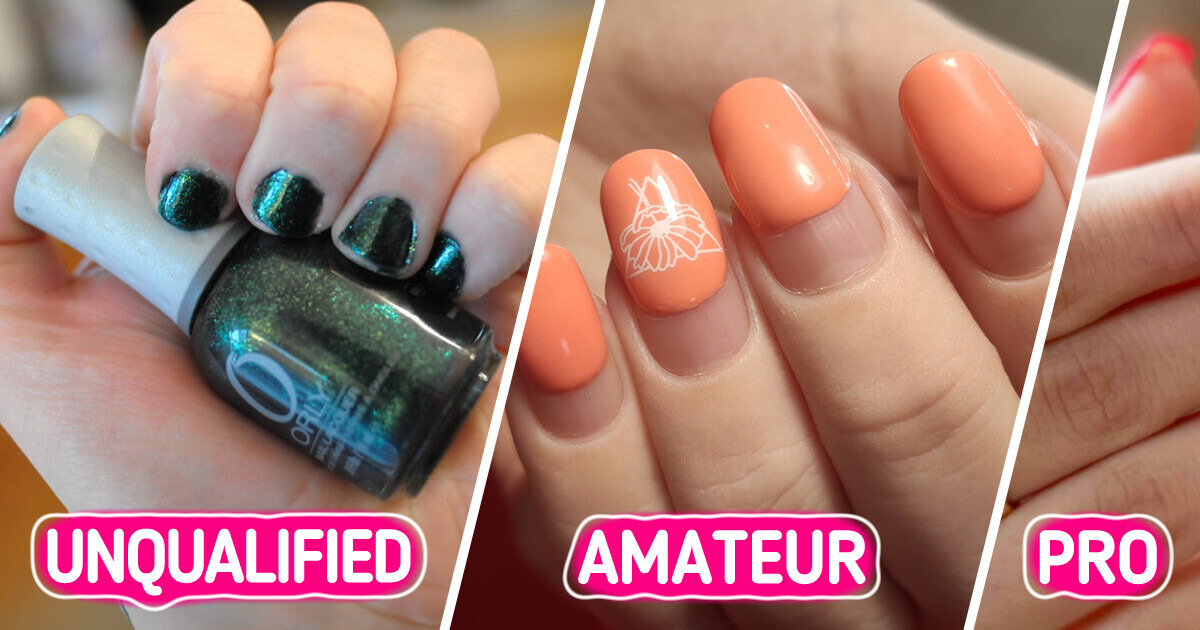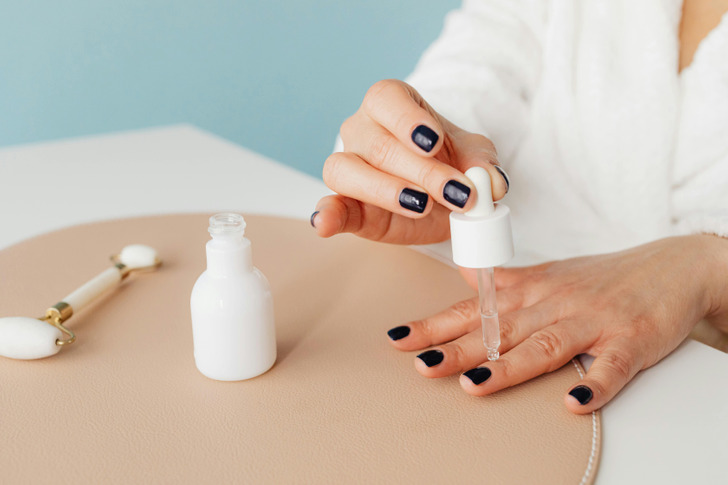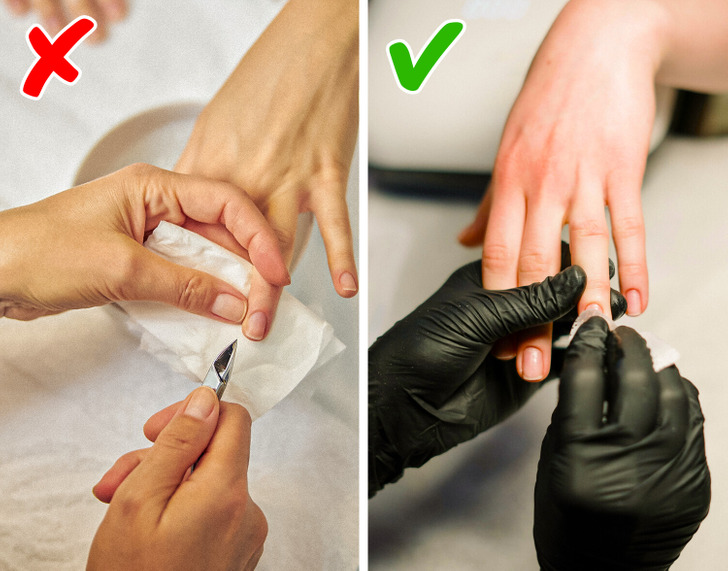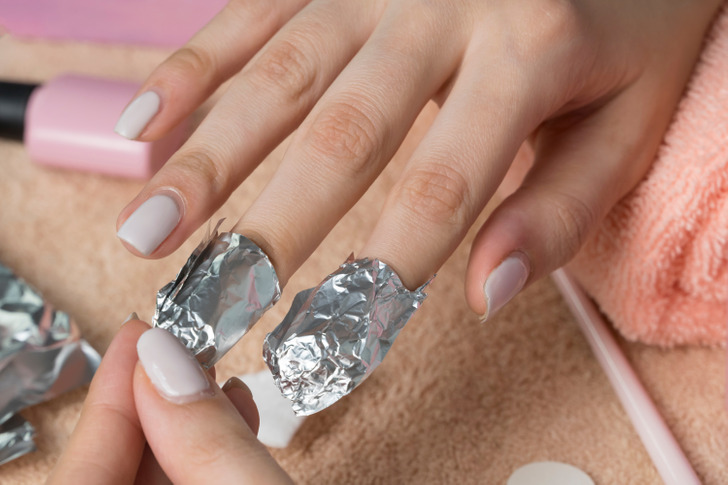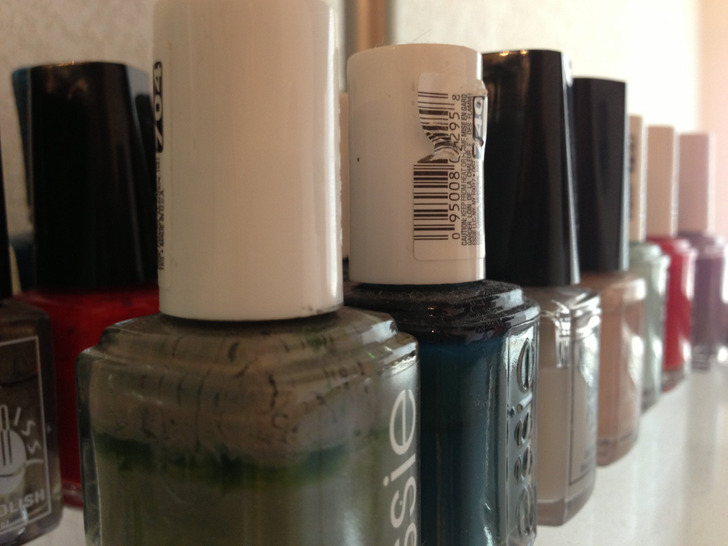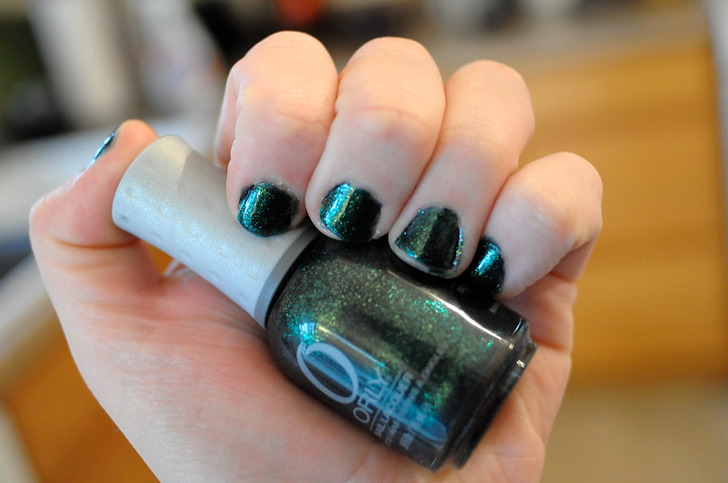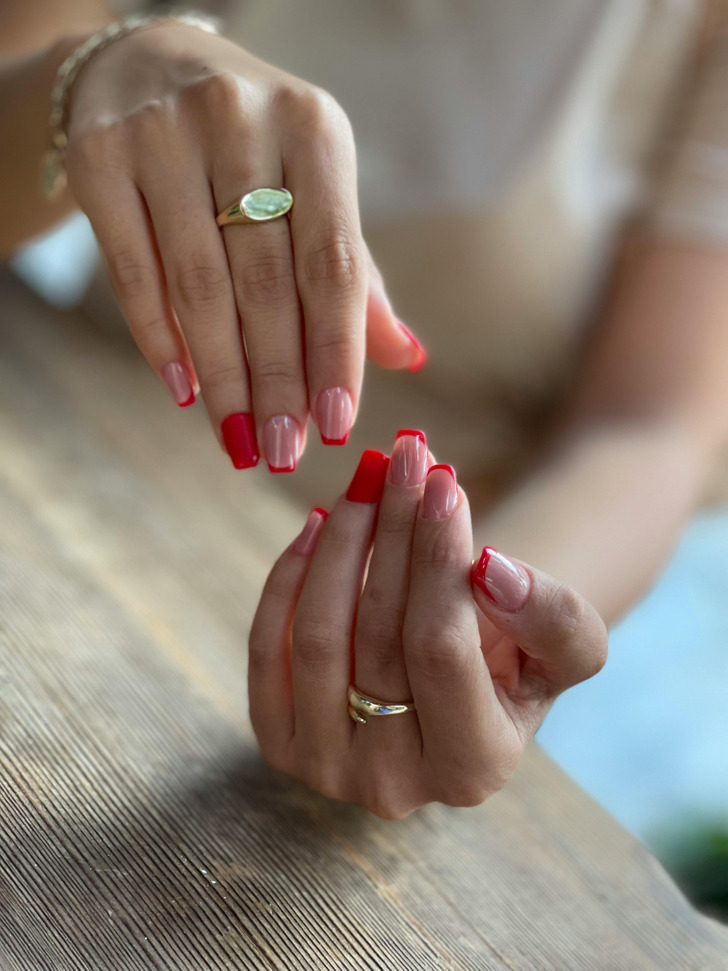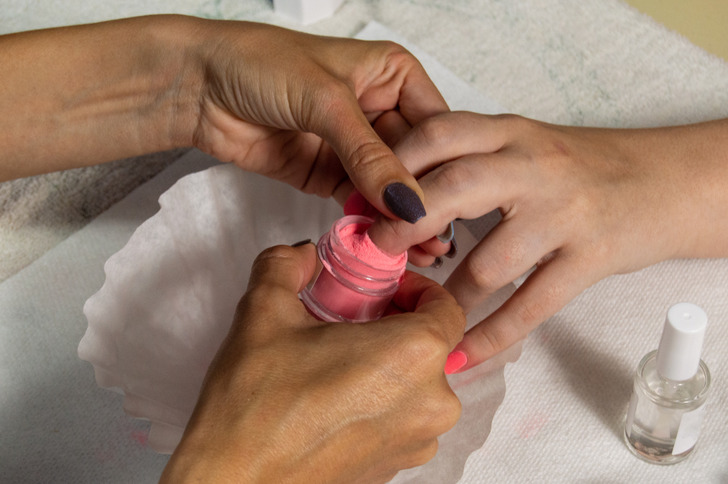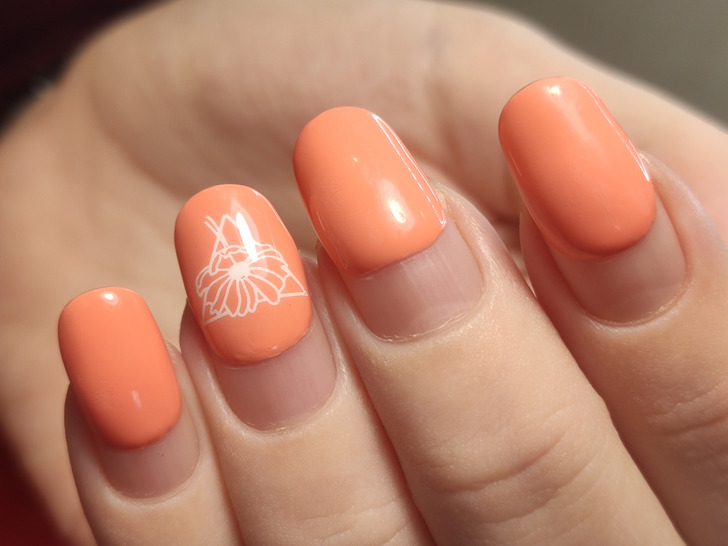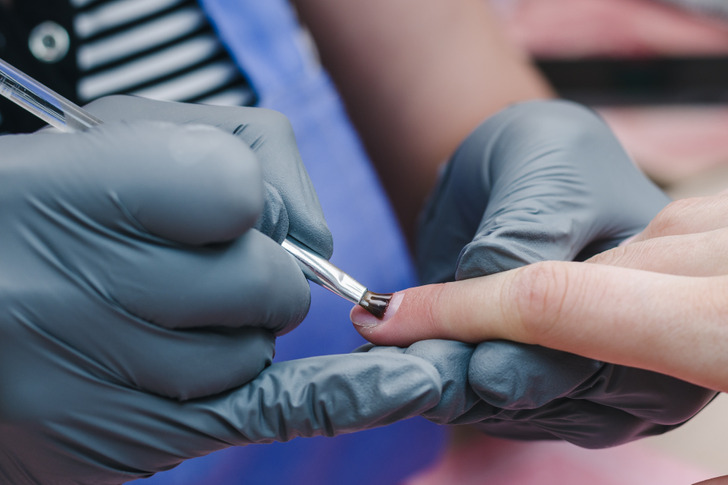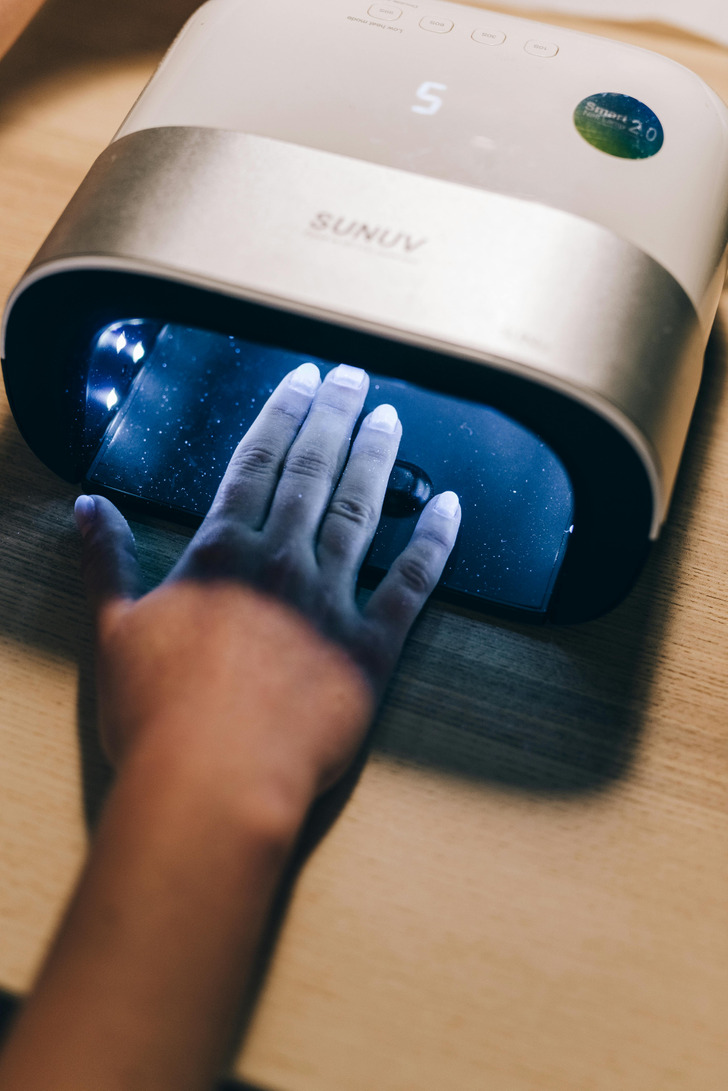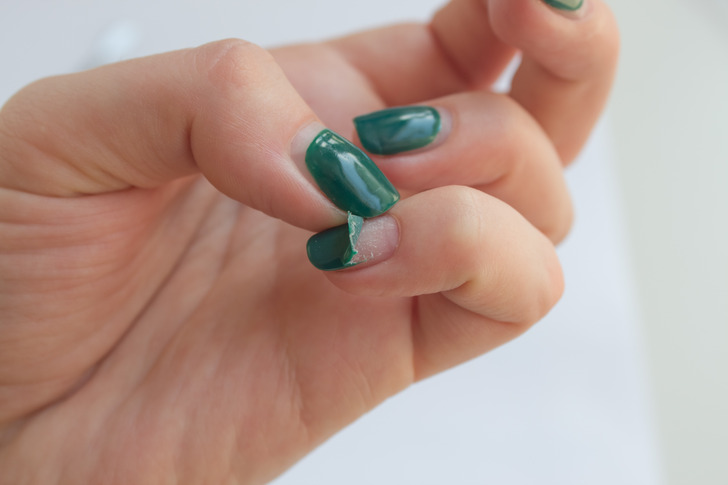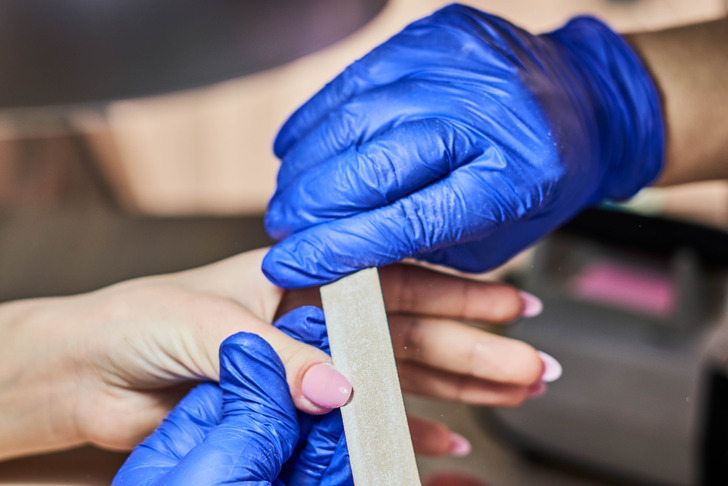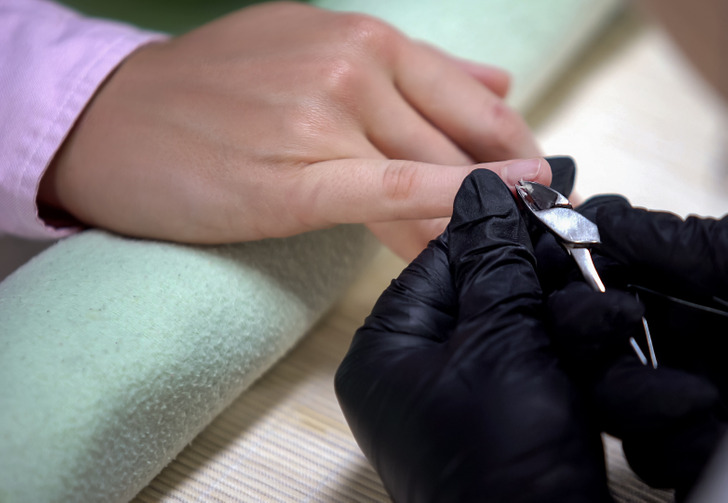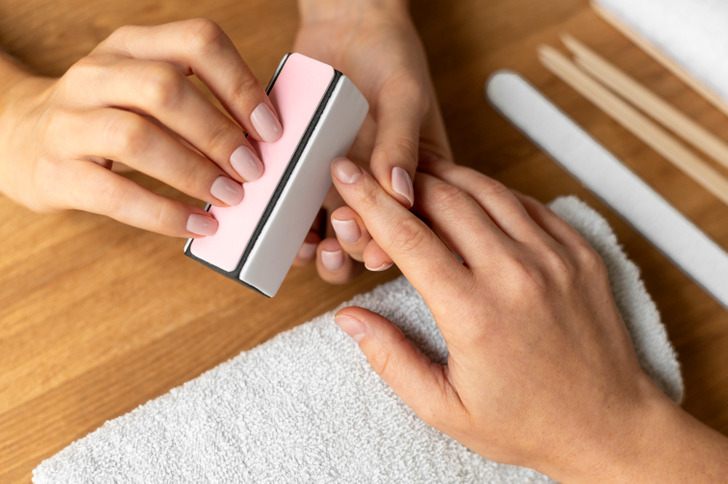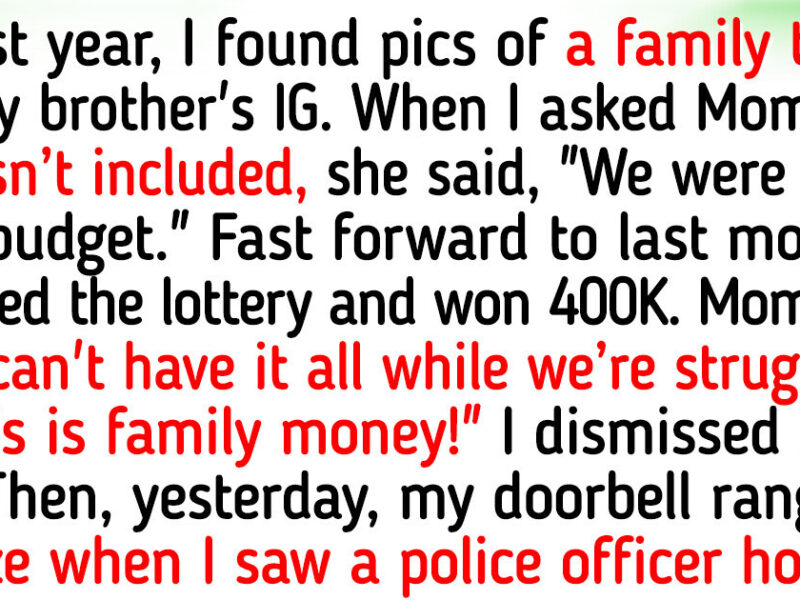10+ Shocking Pedicure Secrets Your Nail Tech Doesn’t Want You to Know / Bright Side
Think your nails are in good hands? Think again. Many nail technicians make simple mistakes that can cause more harm than good. From over-buffing to poor sanitation, these blunders can leave your nails damaged and your clients unhappy. Here’s a rundown of the top mistakes you need to avoid.
They use too much cuticle oil.
When used in small amounts, cuticle oil helps soften and protect the thin skin around your fingernails. But if you use too much of it, the effect will be opposite – the skin will get used to it and become even drier than it’s been before. So, a small drop of oil is more than enough.
They are not wearing a mask and gloves.
Nail technicians spend their days touching the skin of many hands and feet. Make sure your technician puts on a pair of disposable gloves before they start working with your hands. Otherwise, they can transfer germs or infections onto you.
Besides, a manicure implies the usage of toxic chemicals. A good beauty parlor is usually equipped with an air extraction system, while a nail technician should wear a mask at work. This way, they show that they want to take care of their health as well as yours.
They will require payment for the old nail polish removal without letting you know about it in advance.
According to some customers, many nail parlors remove old nail polish (including gel polish) free of charge. As a rule, nail polish removal is already included in the manicure price. But in some places, they may ask you to pay more at check-out. If you don’t want unpleasant surprises, it’s always a good idea to ask beforehand whether nail polish removal is included in the manicure price.
They save on instruments and materials used.
Simple disposable nail files, for example, are pretty cheap, but they can damage your nails. Even with the first filing, they begin to chip and gouge your nails, getting worse with each subsequent filing as the glued-on texture begins to unglue. So, make sure to pay attention to the condition of nail files in the parlor.
Some technicians may also use acetone to thin out thickening lacquer. Acetone breaks down the formula and ruins your nail polish, thus this method is only good for short-term results. Your technician shouldn’t be using old or expired products – check to make sure they don’t look too thick and don’t have the specific smell of acetone.
Their nails don’t look well-groomed.
Pay attention to the nails of the technician: many professionals prefer to do their nails themselves, so you can assess their skills by the condition of their nails. If their nails are covered with gel polish, look to see how neat their manicure is, whether their nail polish is overgrown, and the condition their cuticles are in. If the technician’s hands are well-groomed, they are likely to take good care of your nails.
They dip your nails into the powder.
If your nail design includes powder application, make sure your technician doesn’t dip your nails into the powder but paints the product on your nails. Keep in mind that there were other clients before you, and if their nails were also dipped into the container with powder, there could be germs and bacteria inside.
They let their clients go too long between the services.
The longer the gel stays on nails the harder it is to remove it, any later and it can compromise the nails. And it’s not just damage that you have to worry about, but also potentially harmful bacteria. This is why a professional technician will remind you to make an appointment in 2 to 3 weeks max.
They use the same base coat on all types of nails.
There are different kinds of base coats, and they all have different purposes. Weak and splitting nails, for example, require a different base coat than healthy and strong nails do. And a professional technician knows this.
They don’t clean their nail lamps
Nail lamps can harbor bacteria and harmful residue if not cleaned regularly. Not only can this affect the quality of your manicure, but it could also pose health risks, including skin irritation or infections. Keep your nail lamp clean to ensure safety and better results.
They refuse to correct their mistakes.
According to a nail technician, a parlor that values its reputation will try to correct the problem service with either another technician or a refund on the service within reason. If a parlor refuses to correct their mistakes, like chipped-off gel polish, most likely they have an insufficient level of customer service.
They are using the wrong nail file.
Just like with top coats, you can’t use the same nail file on different types of fingernails. Files come in various grits ranging from ultra-fine to super coarse. This is why it’s important to use the right one: ultra-fine files work best on natural nails while coarse files are suitable only for artificial nails.
They cut your cuticles.
Dermatologists don’t recommend cutting the cuticles because this can lead to infection and irritation. Instead of cutting your cuticle, a technician should use a cuticle remover to soften them, and then gently push them back. The only time they can use a nipper is if you have a hangnail. In this case, the hangnail should be gently nipped, never tugged. If they are tugging it, this means that the nipper is not sharp enough, and this can easily rip too much skin.
Buffing too much
To avoid damage, always use a fine-grit buffer and avoid over-buffing. It’s important to be gentle and not apply too much pressure. Additionally, buffing should not be done on nails that are already weak or damaged. Buffing on dry nails can also lead to brittleness, so it’s best to moisturize beforehand.
Did you know some salons may skip replacing disposable tools like pumice stones between clients? While they might sanitize, it’s not always foolproof.
